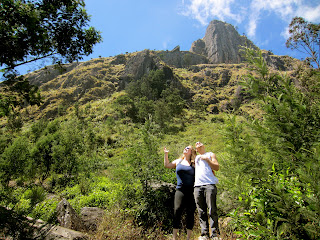The longer that I have been living in India, the more I compare and contrast the culture and infrastructure with that of the United States. One of the things that I have found to be concurrent between the urban areas in the United States and the urban areas here in Bangalore is the stark disparity between the wealthy and the poor. Poor neighborhoods are only blocks away from the ritziest areas in American cities, just as the slums are intertwined with high-income housing in Bangalore.
I live in National Games Village (NGV), an affluent housing development, and across the street is the largest slum in all of Bangalore. Every time that I leave my apartment, usually taking the elevator down the three flights of stairs, I walk past people living in extreme poverty. I take 15-minute showers with hot water on a daily basis while there is not proper water supply or distribution to those living across the street. The air-conditioned activity club at NGV provides complimentary personal training, yet the children in the slums have sub-par educational facilities… That is if they have educational facilities at all. It has been a surreal realization that people are living so comfortably while hundreds of people across the street do not even have the most basic amenities.
Poverty is definitely more severe in India than in the United States, because the standard of living for the poor is much less in India. Most of the poor in the United States live in “the projects” or rural houses which is a major upgrade from the slums’ houses made of metal scraps and torn plastic tarps. During a rainstorm, most of the poor in the United States have shelter, but the slums’ infrastructure gets flooded. Although I am trying to convey the severity of this social problem through words, I honestly do not believe that people will understand until they have seen the masses of impoverished people on a daily basis. This experience has been numbing to an extent. How else can one cope with witnessing such disparities?











































































